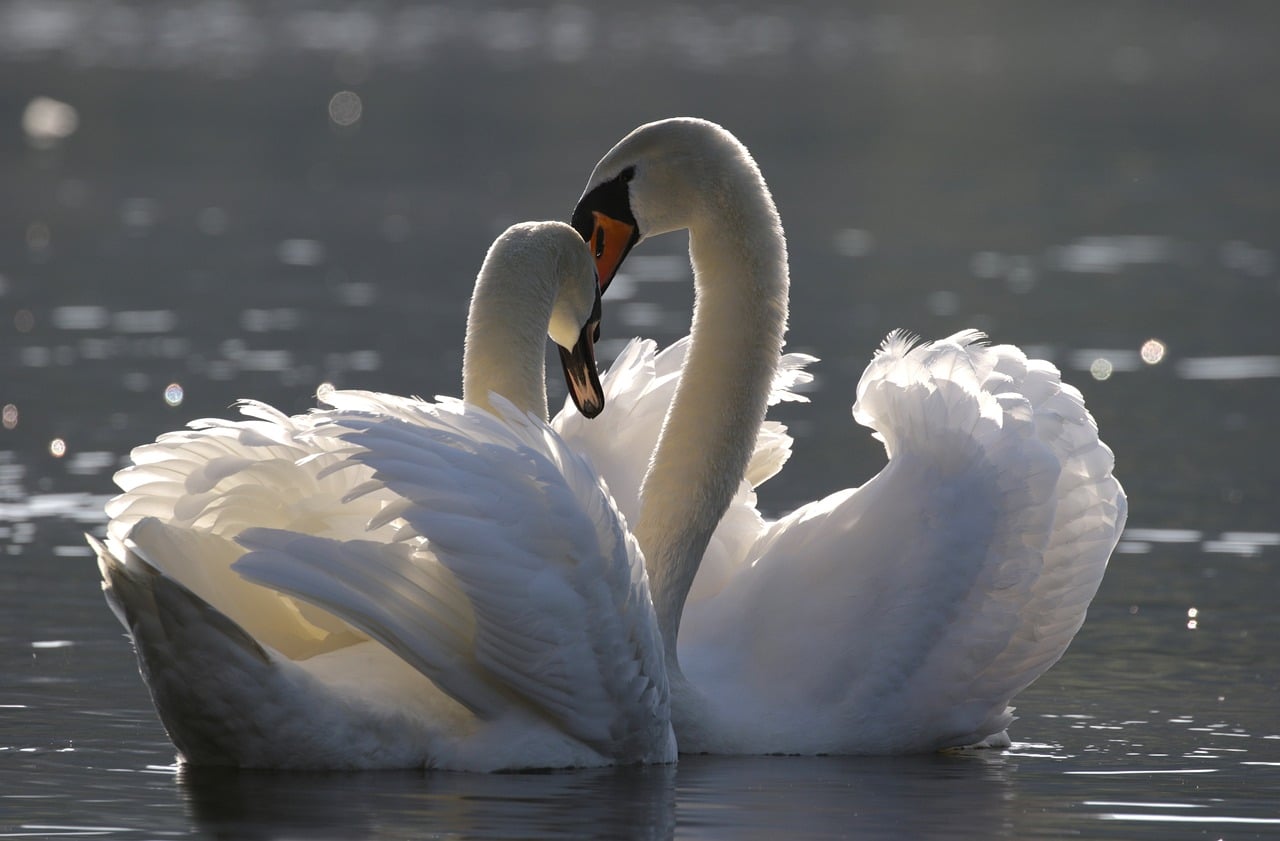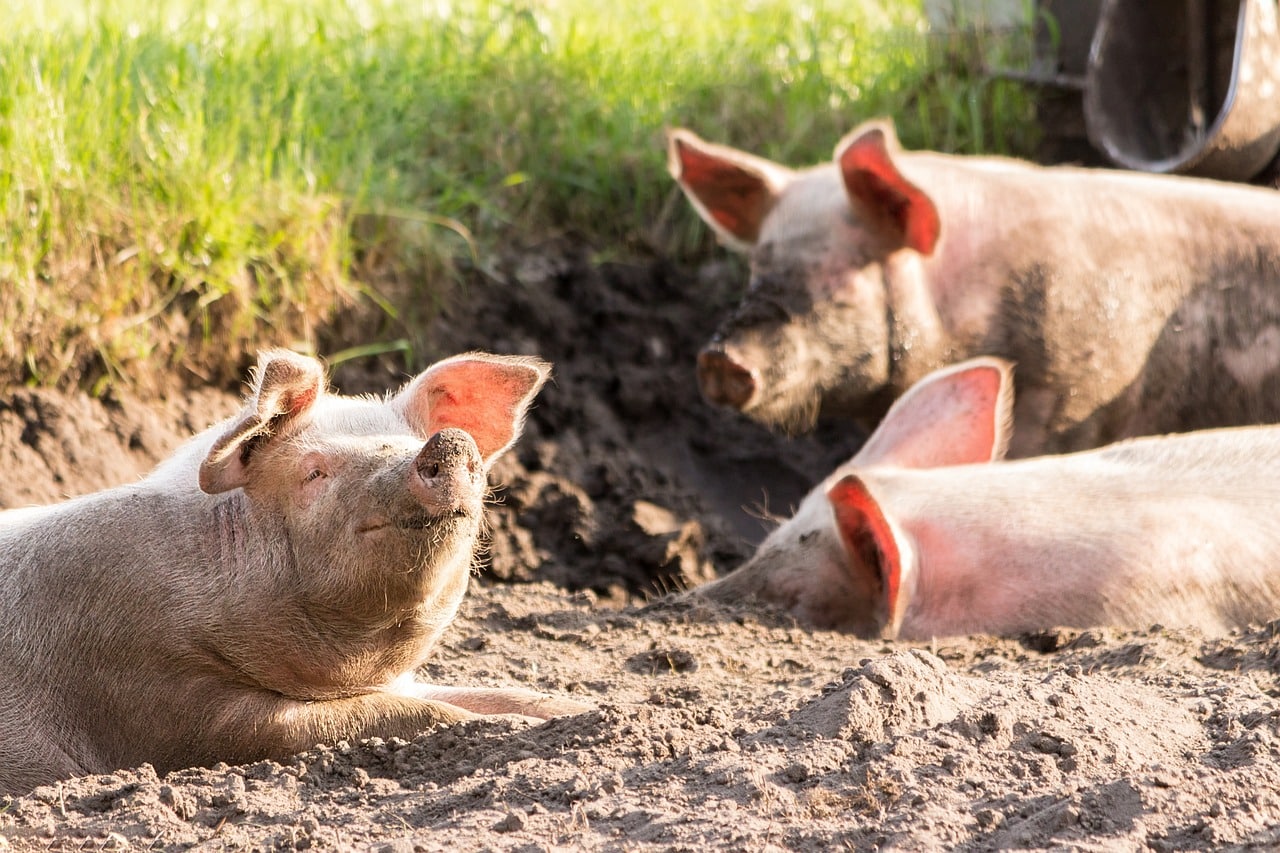 Shutterstock
Shutterstock
Some animals display behaviors so remarkably similar to human actions that it can leave us scratching our heads in disbelief. These creatures blur the line between human and animal behavior, showcasing traits that make us wonder, “Is this a human or an animal?” Their actions offer a glimpse into how behavior can transcend species, challenging our perceptions of the animal world. These animals remind us of the deep connections between humans and the animal kingdom, revealing just how alike we are.
Chimpanzees
 Shutterstock
Shutterstock
Chimpanzees are the closest relatives to humans, and their behaviors often mirror ours in striking ways. They use tools, engage in complex social relationships, and express emotions such as happiness, grief, and anger. The fact that they can learn sign language and communicate with humans only strengthens the uncanny resemblance between us and them. Chimpanzees are known to exhibit empathy, comfort one another during distress, and even display humor through laughter. Their ability to organize and lead within their social groups also reflects leadership qualities that we often associate with human behavior.
Dolphins
 Shutterstock
Shutterstock
Dolphins are not only playful but also highly intelligent, forming intricate social bonds that resemble human friendships. They are known to assist other animals, including humans, when in distress, much like how people often help one another in times of need. Dolphins use a wide variety of vocalizations to communicate with each other, and they can even recognize themselves in mirrors, a trait once thought to be uniquely human. Their cooperative hunting strategies and ability to solve complex tasks make them one of the most human-like species in the animal kingdom.
Elephants
 Shutterstock
Shutterstock
Elephants are social creatures that display behaviors remarkably similar to humans, particularly when it comes to their family structure and emotional intelligence. They live in tight-knit family units, much like human families, and show remarkable empathy towards one another. Elephants mourn their dead, touching the bones of their deceased relatives and even appearing to show signs of sadness. Their complex communication, including vocalizations and gestures, reflects a highly developed social system. The bond between mothers and their young is especially strong, showing deep care and nurturing, much like human parenting.
Ravens
 Shutterstock
Shutterstock
Ravens have long been admired for their intelligence, but their behavior takes a more human-like turn in their interactions with one another and their environment. They are known to engage in play, often playing games with each other and even with humans. Ravens can manipulate their environment and solve complex problems, showcasing problem-solving skills that are often associated with human cognition. They also demonstrate an understanding of social dynamics, as they form partnerships and engage in cooperative activities to achieve goals. Their ability to mimic human speech is an additional uncanny trait that makes them seem almost human.
Octopuses
 Shutterstock
Shutterstock
Octopuses are renowned for their intelligence and problem-solving abilities. They have been observed opening jars, escaping enclosures, and even interacting with objects in ways that seem purposeful. These behaviors show a level of cognitive function that is often associated with higher animals, including humans. Their ability to camouflage and mimic their surroundings with precision is also striking, as it seems almost like a human skill of adaptation. Octopuses exhibit a level of curiosity and playfulness, often engaging with new objects and their environment in ways that reflect a complex understanding of the world around them.
Orangutans
 Shutterstock
Shutterstock
Orangutans are another great example of animals that exhibit human-like qualities. These great apes use tools, communicate through a variety of vocalizations, and demonstrate emotional depth in their interactions with others. They have been observed engaging in activities such as building nests for sleep and using leaves to shield themselves from the rain, reflecting a level of forethought that is comparable to human behaviors. Orangutans also share strong family bonds, with mothers showing immense care for their babies, highlighting the emotional intelligence and social structure that mirrors human relationships.
Swans
 Shutterstock
Shutterstock
Swans are known for their grace and beauty, but they also demonstrate strikingly human-like behaviors, especially when it comes to forming strong bonds. Swans mate for life and are incredibly protective of their partners and offspring. They have been observed engaging in mutual grooming, sharing food, and showing deep affection for one another. Their loyalty to their partners and the emotional connection they share mirrors the deep familial and romantic bonds that humans form.
Crows
 Shutterstock
Shutterstock
Crows have shown extraordinary intelligence and problem-solving skills, far surpassing many other species. These birds use tools, plan for the future, and engage in social behavior that mirrors human interaction. Crows have been observed using sticks to retrieve food and even shaping tools to meet their needs. They can recognize human faces and form social groups, much like humans do in society. Their ability to understand cause and effect, along with their highly developed memory, makes them seem uncannily human in their thinking and actions.
Sea Otters
 Shutterstock
Shutterstock
Sea otters are social animals that live in close-knit groups and exhibit behaviors that resemble human community life. They use tools, such as rocks, to crack open shellfish, showing problem-solving abilities. Otters are also known for their playful behavior, which is a trait commonly associated with human children. They exhibit strong familial bonds, with mothers teaching their young how to survive and thrive in the ocean. The way they float on their backs, sometimes holding hands to stay connected, gives a heartwarming glimpse of social behavior that mirrors human connection.
Pigs
 Shutterstock
Shutterstock
Pigs are often underestimated, but their intelligence and social behaviors are quite human-like. They are capable of learning complex tasks, recognizing their names, and forming deep social bonds with other pigs. Pigs have been shown to communicate with each other using a variety of vocalizations, much like humans do. They exhibit a level of empathy and care within their social groups, helping each other and even expressing emotions like excitement and frustration. Their problem-solving abilities and ability to form relationships make them incredibly human-like in their interactions.
Parrots
 Shutterstock
Shutterstock
Parrots are often regarded as highly intelligent, and their ability to mimic human speech makes them even more remarkable. These birds can form deep bonds with their human caregivers, recognizing their voices and even learning to communicate through speech. Parrots are also known for their ability to solve complex puzzles and purposefully interact with their environment. Their social behavior, mimicking of human sounds, and ability to express emotions such as happiness and frustration make them seem eerily similar to humans in many ways.
Baboons
 Shutterstock
Shutterstock
Baboons are highly social primates that exhibit behaviors strikingly similar to those of human societies. They live in large, complex groups with distinct hierarchies and engage in grooming, playing, and cooperating. Baboons also form close relationships with other group members and demonstrate empathy when caring for the sick or injured. They have been observed showing emotions such as jealousy and affection, and their interactions often seem like a reflection of human social dynamics.
Squirrels
 Shutterstock
Shutterstock
Squirrels may not have the social complexity of primates or dolphins, but they do display surprisingly human-like behaviors. These small rodents exhibit remarkable problem-solving abilities when it comes to obtaining food, navigating obstacles, and avoiding predators. Squirrels also form social bonds with each other, often engaging in playful behavior that mirrors human social interaction. They have even been observed sharing food and resources with other squirrels, showing generosity and cooperation in ways that we might associate with human behavior.
The Human-Like Animal Kingdom
 Shutterstock
Shutterstock
The animal kingdom is full of creatures that resemble humans in their behavior, emotions, and social structures. These animals often blur the lines between species, engaging in complex social interactions, displaying emotions, and even mimicking human actions. While they may not possess the same cognitive abilities as humans, their uncanny resemblance to our behaviors challenges our understanding of the animal world. In the end, these creatures remind us that the connections between humans and animals may be deeper than we ever imagined. Maybe we’re not so different after all!
 Toledo, United States.
Toledo, United States.